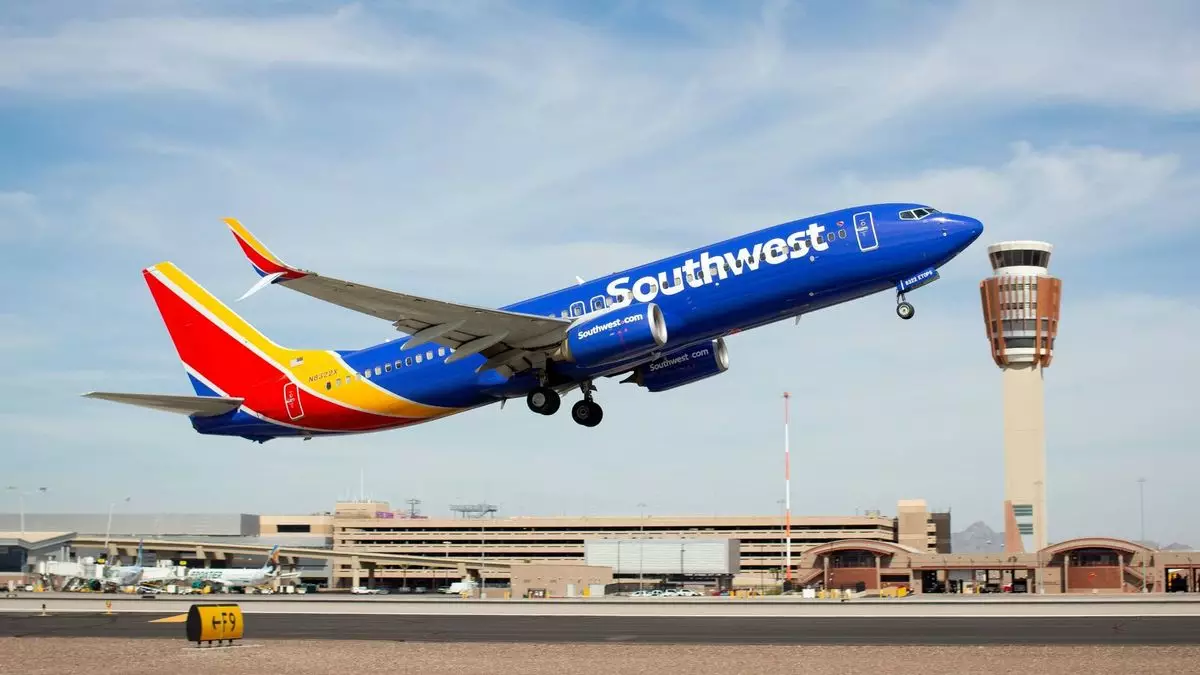In a significant development that signals a turning point for Southwest Airlines, the company has declared a 15% reduction in its corporate overhead workforce, impacting roughly 1,750 employees. This announcement, made late Monday, represents not only a strategic shift for the airline but also an unprecedented milestone in its 53-year history. Among those affected are eleven senior leaders, including individuals with the title of vice president, who constitute a substantial portion of the senior management committee. This move indicates a critical restructuring phase aimed at re-aligning the workforce with the airline’s future goals.
Bob Jordan, the president and CEO of Southwest, articulated the gravity of the situation, stating, “This decision is unprecedented in our 53-year history, and change requires that we make difficult decisions.” His remarks underscore the complexities that often accompany large-scale layoffs within corporations. By citing the turbulence of current operational realities, Jordan’s message resonates with the considerable challenges in the airline industry post-COVID-19, where many firms are re-evaluating their organizational structures to enhance efficiency.
Financially, the airline anticipates significant savings from these changes, estimating approximately $210 million in savings for the partial year of 2025, escalating to about $300 million in full-year 2026 savings. Such strategic cost-cutting moves are vital as Southwest aims to recover from profit figures that remain well below pre-pandemic levels. The involvement of activist investor Elliott Management last year, which sought changes in the airline’s leadership, reflects the intensity of the pressures faced by Southwest to improve its financial health and operational practices.
Despite the cuts, Southwest has emphasized that its dedication to customer service remains unwavering. The airline reassured stakeholders that it would maintain its focus on servicing business travelers with the renowned “Heart and Hospitality” that customers have come to expect. This commitment is essential for sustaining customer loyalty amidst a backdrop of uncertainty triggered by organizational changes.
In conjunction with workforce reductions, Southwest is also innovating its operational procedures. The introduction of red-eye flights and plans for assigned seating with extra legroom demonstrate the airline’s responsiveness to customer demands and market trends. As the industry continues to evolve, these measures are reflective of Southwest’s strategic pivot towards a more agile organizational model, crucial for thriving in a competitive landscape.
The restructuring at Southwest Airlines marks a bold step towards operational agility and financial stability. While the decision to lay off a substantial segment of the workforce is undoubtedly challenging, it also sets the stage for a more robust airline network capable of adapting to the needs of today’s travelers. The coming months will be pivotal as Southwest Airlines navigates this transition and endeavors to emerge stronger on the other side.

